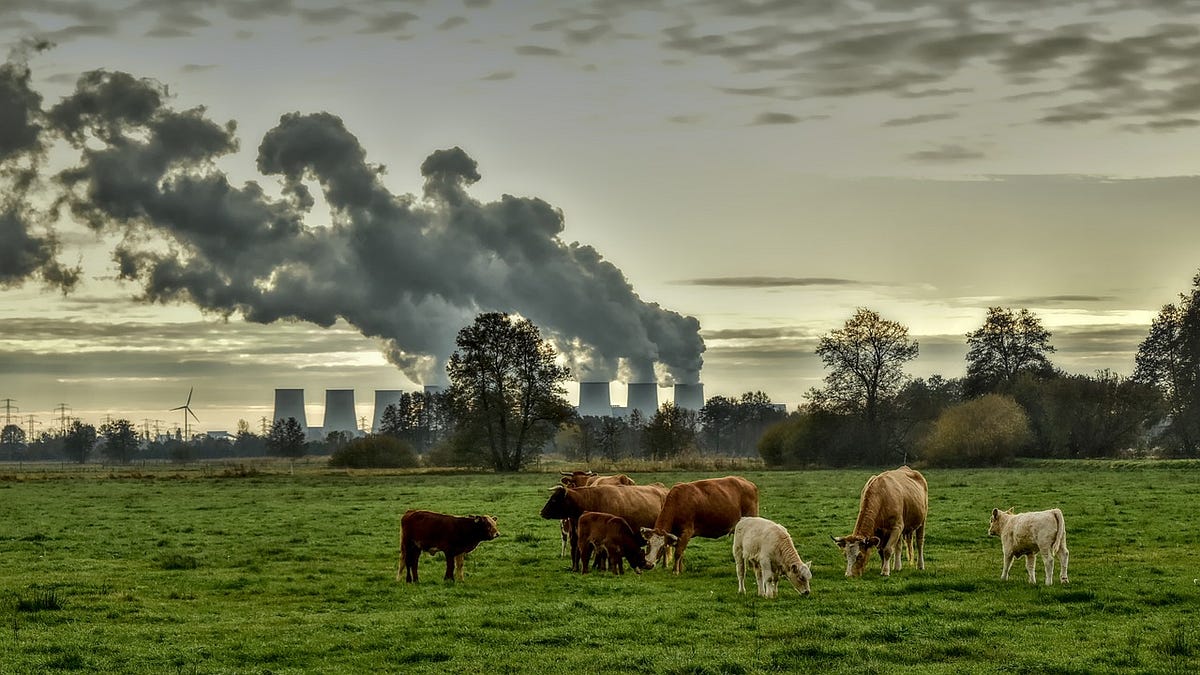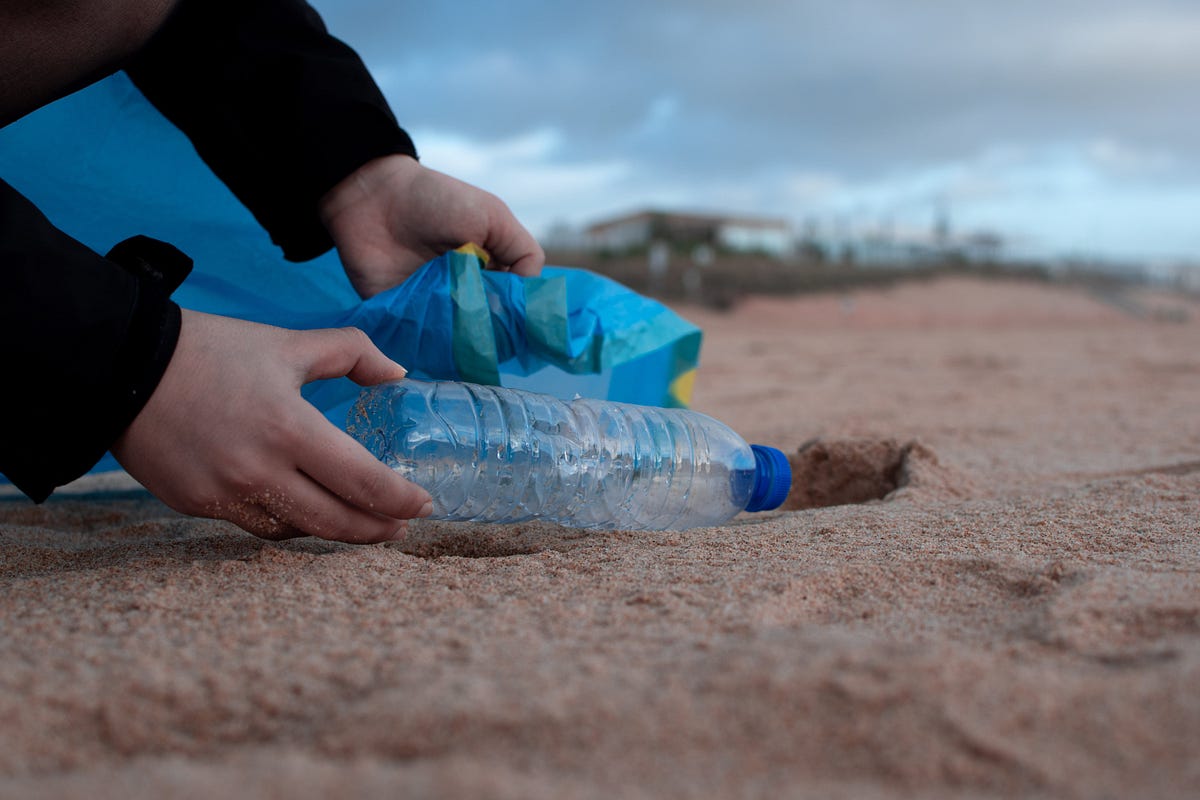
Ralph Cioffi on Blogger
Ralph Cioffi - Climate Smart Solutions
Monday, January 22, 2024
Wednesday, December 13, 2023
Carbon Offsets - Credits for Sustained, Meaningful Emissions Reduction
Carbon offsets involve greenhouse gas (GHG) emissions reductions in one sector or region that mitigate or compensate for emissions in another. They are generated in a wide range of ways, which include planting trees that absorb carbon dioxide (CO2) in the atmosphere, as well as burning or capturing methane from landfills and agricultural operations, such that it never reaches the atmosphere. Acceptable projects also include those that exert improvements in energy efficiency.
The ultimate aim of such offsets is to meet Paris Agreement goals of halving the earth’s carbon footprint by 2030 and achieving complete carbon neutrality by 2050. If this occurs at a global scale, there is still hope that a rise of temperature exceeding 1.5 degrees centigrade beyond preindustrial levels is preventable.
Essentially, the system works as follows: One company generates a carbon offset through removing carbon from the atmosphere. Another company purchases carbon credits that account for the residual emissions it produces. Each carbon credit it acquires acts as a permit that enables the company to emit greenhouse gases of a mass equivalent to a single ton of CO2.
The two basic categories of carbon credits are voluntary and compliance. Compliance credits help companies attain emissions reduction targets within the European Union Emissions Trading System and other cap-and-trade regimens. Other governments that employ such credits in meeting emissions goals range from Australia to California. On the other hand, voluntary credits are, as the name suggests, not mandated but, rather, employed by individuals and businesses in attaining organizational goals that help the planet.
Beyond simply acquiring them, there are several ways in which carbon credits may be used in actively offsetting emissions. For example, they may be invested in wind farms, solar arrays, and other renewable energy projects that promise to end a reliance on fossil fuels. They may also be used in support of tree planting efforts and sustainable forestry, to reduce deforestation, and to minimize erosion.
The carbon offset market is dynamic and evolving, and it spans offsets sold by businesses, brokers, and governments to fund projects that ease the threat posed by GHG emissions. It’s important to note that carbon offset projects are varied and unique, and thus it is important to research what form of climate mitigation each credit represents. Credits should, at a minimum, meet standards of being measurable, real, verifiable, and additional. The latter attribute means that the GHG emission reduction would not have occurred otherwise, without the credits existing.
For example, a preserve that already exists and is protected does not qualify for credits. Among the standards that have government and industry recognition and backing are those developed by watchdog organizations such as the Gold Standard Foundation; the Climate, Community and Biodiversity Alliance; Green-e; and Plan Vivo.
While there is no way to “offset the planet” back to environmental health, carbon credits represent a vital transitional tool until sustainability technologies and policies seriously take hold. It’s essential to note that nature and climate have their own (global warming aggravated) agenda that usurps even the most well-designed carbon credit systems. For example, in summer 2021, over 150,000 forest acres in California burned that had already been set aside as a carbon sink within the state’s carbon offset program. Today, many NGOs and countries are working to increase transparency and accountability in cross-border carbon offset programs, with an aim of ensuring that the scheme works fairly, and without bias, for companies and projects across the world.
Thursday, November 30, 2023
Thursday, November 16, 2023
Wednesday, November 15, 2023
Deforestation in the Amazon Rainforest
A June 2020 Discovery.com article reported that 31.5 million acres of rainforest will disappear in a year if deforestation continues at one acre per second. In addition to removing trees that absorb carbon dioxide emissions, clearing the forest adds carbon dioxide emissions, with deforestation causing 15 percent of global carbon dioxide emissions. In the Amazon rainforest, deforestation also impacts plant, animal, and human life.
The Amazon rainforest covers 2.1 million square miles of protected zones and 40 percent of South America, making it the world’s largest tropical rainforest. This area was once known as the “lungs of the planet.” Today, deforestation and forest fires threaten the Amazon rainforest.
Nearly 20 percent of the Amazon rainforest is gone because of deforestation, and much of it is related to human activity and forest fires, according to an October 2023 article from Vox, an online news magazine. The same year, research revealed the rate of deforestation was four times higher than in January 2018 based on images taken from the National Institute for Space Research satellite system DETER. The photos showed that approximately 870.3 square miles of the rainforest had been cleared in one year.
Deforestation in the Amazon rainforest is related to soya and livestock farming, road construction, hydroelectric dams, mining, and forest fires. In addition to its biodiversity, the Amazon rainforest is known for its rich resources, namely gold, manganese, copper, tantalum, iron ore, and nickel, so mining is a significant factor in deforestation. The Amazon rainforest experienced most of the nearly 73,000 forest fires in Brazil between January and August 2019, the most since 2013.
Deforestation of the Amazon threatens to harm the biodiversity of the rainforest. The Amazon stretches across nine countries, with most of it in Brazil. More importantly, 25 percent of the species on Earth live in this rainforest, which is home to 1,500 birds, 2,500 fish, 500 mammals, 550 reptiles, and 2.5 million insect species, according to ABS-CBN News in August 2019. Scientists have discovered 2,200 new species in the rainforest in the past two decades. Deforestation could displace or completely extinguish these plants and animals.
Deforestation also negatively impacts the 420 tribes that live in the Amazon. Humans have lived in the rainforest for 11,000 years. In 2019, 34 million people lived in this area, with two-thirds in urban areas of the rainforest. Three million of the rainforest’s inhabitants come from 420 indigenous tribes, and 60 of these tribes live in complete isolation. With deforestation, these tribes face displacement.
Finally, deforestation of the Amazon rainforest has also led to the removal of one of the Earth’s largest carbon sinks. A carbon sink is any natural phenomenon that absorbs atmospheric carbon dioxide. The Amazon rainforest once absorbed more carbon dioxide than it emitted. However, according to the September 2021 Jolt, a Haverford University publication, deforestation has reversed this phenomenon. Now, the Amazon rainforest releases more carbon dioxide into the atmosphere in some areas than it absorbs. The study in the Jolt article sampled the air in four areas of the Amazon for nine years.
Friday, November 3, 2023
Published: A Brief Introduction to Carbon Offsets
I published “A Brief Introduction to Carbon Offsets” on @Medium

-
Ralph Cioffi Private equity and venture capital are two well-known sources of financing. Like private equity investors, venture capital inve...
-
I published “Addressing Climate Change and Its Consequences” on @Medium
-
I published “A Brief Introduction to Carbon Offsets” on @Medium






